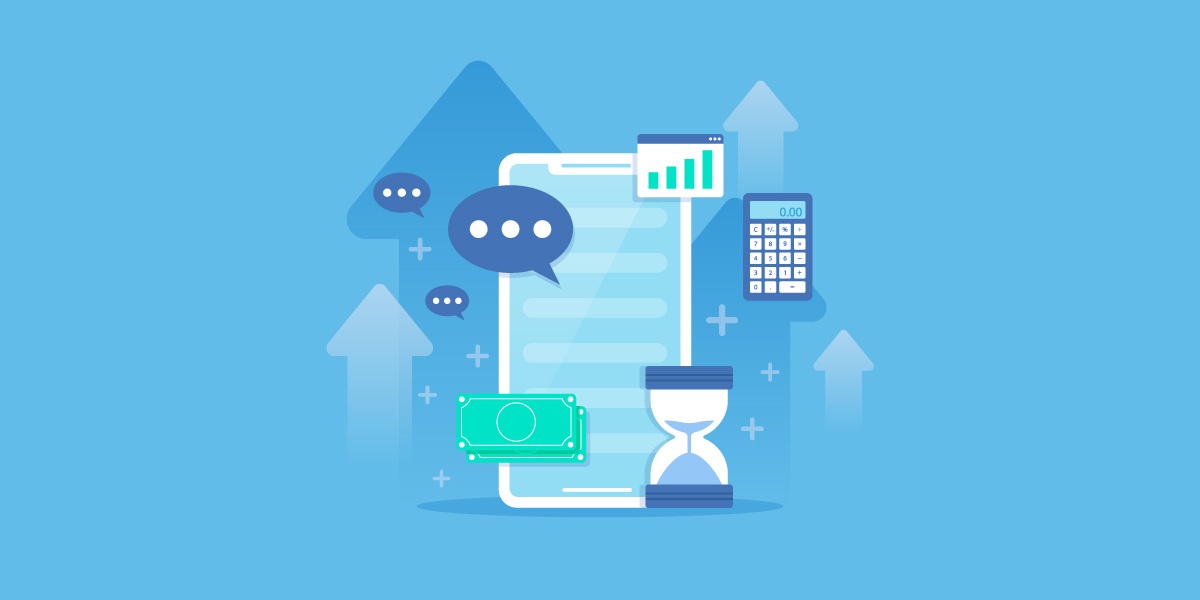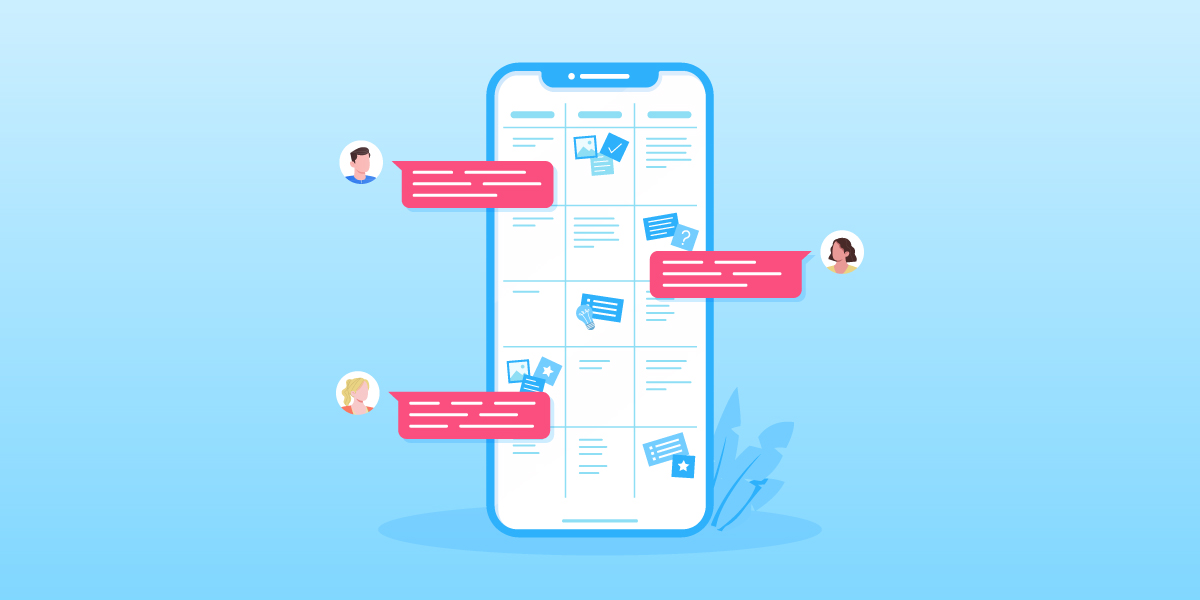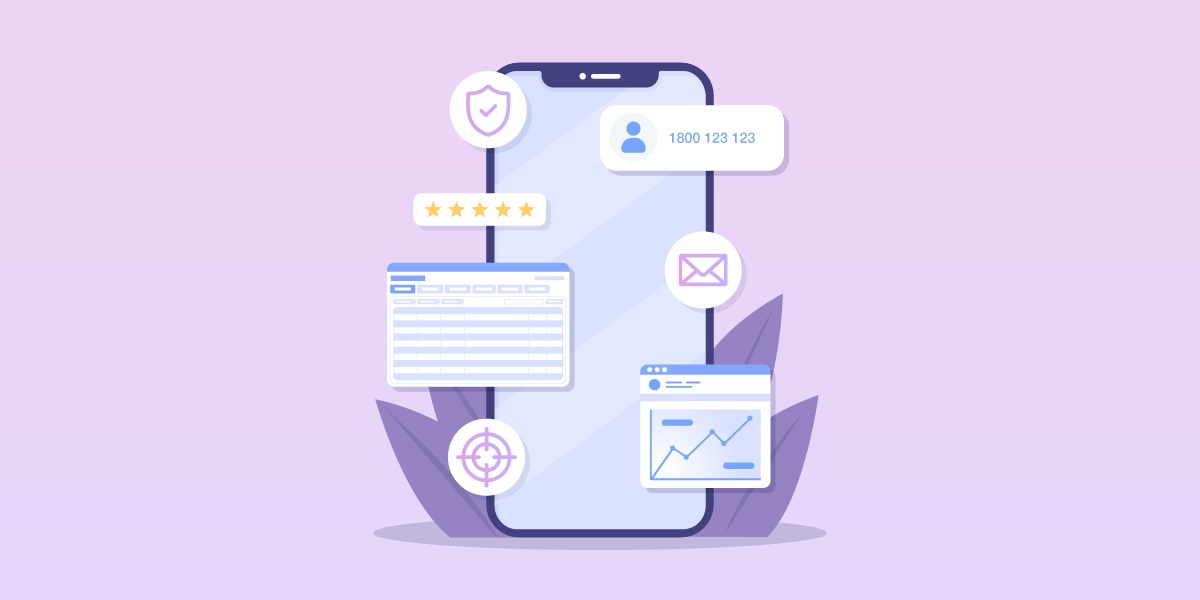Generational Marketing (Part 1): Lessons, Trends & Values

Everyone you meet has something to teach you, and so does every generation. Each has had its own set of challenges, but with it, bring valuable and timeless lessons that we can all learn from and carry towards the future. From the Baby Boomers to the Centennials, we’ll dive into the history and extract lessons that we can apply to our work lives today.
Without further ado, buckle your seat belt and let’s travel back in time.
Baby Boomers (1946-1964): Ethics & Morals in Privacy
World War II just ended, and people are going back to their normal lives again. It’s why people born between 1946 and 1964 are called the Baby Boomers because of its high fertility rate. The Boomers entered the workforce at a time of expansion and change, where stability and hope became an eventual reality. They’re used to working hard for one company in exchange for employment security. Because of that, Baby Boomers value loyalty, ethics, and morality.
Adaptation to Modern Technology
This generation is slowly embracing modern technology. Nowadays, 82% of Baby Boomers prefer to spend time watching YouTube over cable TV, and have at least one social media account. While the newer generations had the luxury of growing up with technology, the Baby Boomers are now going through childhood all over again, but with technology. To visualise this, here’s a recent ad that narratively portrays how they are still very relevant in today’s society.
With their new familiarity with modern technology and their upbringing of ethical and moral rights, Baby Boomers question the use of personal data and online privacy, especially after nearly 50 million Facebook accounts were hacked in the 2018 Cambridge Analytica scandal. Facebook eventually paid the US government a $5 billion fine for privacy failures after the public officials, who are primarily Baby Boomers, heavily scrutinised Mark Zuckerberg.
Boomers grew up with physical letters (instead of emails) and paper contracts (instead of DocuSign). They always had complete control and awareness of all their information. Because of that, the importance of ethics in privacy is a key lesson we can learn from the Baby Boomer generation. This generation reminds us to never sacrifice data privacy for convenience.
Applying the Valuable Lesson of Privacy
As businesses, we can learn from the strict privacy practices that Apple upholds. Tim Cook, CEO of Apple, believes that privacy is a fundamental human right.
Apple encrypts all their data (from messages, photos, locations, credit cards and more) and stores them locally on customer devices so that it’s nearly impossible to breach. They also manually audit apps from the App Store to ensure that they deliver what it promises without compromising privacy. This inspires confidence and builds trust with your customers as you continue providing solutions that enrich their lives.
Generation X (1965-1980): Humanity & Customer Experience
Generation X is the smallest generation born between 1965 and 1980 and is the bridge between Baby Boomers and Millennials (Gen Y). Because this generation grew up with both traditional media and digital media; and eCommerce and brick-and-mortar retail shopping, Gen Xers have a unique and balanced approach to life, having lived in both eras. Though small, they are a rare breed that understands the value of both generations that came before and after.
They mainstreamed and shaped the Internet as we know it today, so they’re naturally quick tech adopters. They remain the only generation to experience traditional marketing before the Internet boom, helping them retain a sense of humanity, especially when automation, robots, and A.I. become popular. They are the ones to teach us how to use technology responsibly.
Impact on Customer Experience Focus
Best Buy’s recent resurgence is a perfect example. As a company founded in 1966, Best Buy dominated the tech retail space with thousands (1,238 to be exact, as of 2019) of mega physical store locations worldwide.
Customers can come in, test-drive, and experience products hands-on, and they often leave with a lighter wallet. They’ve had success for a long time until Amazon came along and disrupted the entire retail industry with online shopping.
When eCommerce became popular, Best Buy was one of many retailers faced with the problem sometimes referred to as “showroom”: customers would walk into a store to test products and buy them online because it was cheaper.
In 2012, Best Buy learned how to thwart this threat with price matching, letting their customers get the best of both worlds. They could test the product and purchase it on the same day at the lowest price.
What’s more? Best Buy leveraged their greatest assets, which companies like Amazon could only dream of—physical retail stores. They extended their installation and repair services, and also invited brand ambassadors from reputable manufacturers (like Sony, Samsung, LG) to educate customers about their products.
Applying the Lesson of Humanity & Customer Experience
Generation X reminds us to never forget about the core values of humanity and customer experience as we innovate.
If you’re in the retail business, you can take a chapter from Best Buy’s strategy and re-consider how you measure success. Best Buy shifted away from measuring their traffic and conversion rate, and instead, focused on the number of quality relationships established with customers.
This serves as a reminder to have meaningful conversations with your customers by understanding their needs and offering solutions that last. This will build lasting relationships, and in turn, will increase your retention rate and bottom line.
Millennials (Gen Y) (1981-1996): Social Media & Transparency
Born between 1981 to 1996, the Millennial (Gen Y) generation grew up in a period where technological innovations advanced at an unprecedented rate, beginning with personal computing (PC), the Internet, and then mobile e-commerce.
Thanks in large to the tremendous efforts from the Baby Boomers and Generation X, Millennials (and early Centennials) grew up expecting new products to be normal and frequent. They expect the next great thing to come almost annually.
Millennials originally planned to model their parent’s generation (Baby Boomers) by studying hard, often getting a college or university degree, and expecting to land a high-paying job only to arrive at a major roadblock—the Great Recession in 2008.
For many countries, it was the longest and deepest economic downturn since the Great Depression in the 1930s. With century-old companies shutting down and no jobs available, Millennials had no choice but to rely on themselves, and that’s when the surge of entrepreneurship began.
The Birth of Social Media
Entrepreneurship became so popular that Millennials launched nearly 160,000 startups in 2014 and made up nearly one-third of all entrepreneurs in the U.S.
Millennials pushed the world forward by redefining social media, with nearly all major social media platforms, like Facebook, Snapchat, Instagram, and Pinterest founded by this generation. They changed how we communicate with the world in both good and bad ways. They made the world more transparent and made companies more accountable for their actions.
Applying the Lesson of Transparency
This generation teaches us that no ideas are too small. They remind us to communicate broadly and challenge what we think is possible.
With so many social media platforms to communicate your brand story, Buffer highlights the top social media tools that brands are using to succeed, to ensure you reach the right audience timely, and your message is clear, provoking, and interesting.
Centennials (Gen Z) (1997-present): Social Responsibility & Purpose
The Centennials (Gen Z) are born from 1997 and onwards. They’re the first generation of technology natives, growing up already connected to the Internet. At a very young age, they’re exposed to smartphones and social media. There are pros and cons to this, but let’s focus on the positives.
Anyone Can Speak Up
Greta Thunberg was Time’s 2019 Person of the Year at 17 years old, because she dared to use her voice and organise strikes at school to call for stronger action against climate change.
Her actions inspired millions to rise. She knew her voice would be heard and that she could make a difference using existing technologies to spread her message.
Centennials are the first generation to see the full picture of the world at a very young age, which enables them to think beyond what’s taught in school. It makes them the drivers of social responsibility, where they’ll ask adults and businesses about why they exist and how they make the world a better place.
Applying the Lesson of Social Responsibility
As Gen Z begins to enter the workforce, companies need to become more socially responsible and speak their social purpose.
Data shows that 90% of the largest companies are now filing sustainability reports, but they need to do more. To connect with Centennials and beyond, companies need to have a brand story that shares their world purpose beyond making money. We recommend reading Building a Story Brand by Donald Miller, as having a brand story not only clarifies your message to your customers deeper, but it also unifies your team on the same mission.
Our Belief of the Future
The boomers started economical growth with high morals and ethics. Gen Xers mainstreamed the Internet and ensured customer experience remained as technology advanced. The Millennials leveraged the Internet and invented social media, opening dialogue, transparency, and accountability. Centennials, who are born into a connected world, want to see more purpose and social responsibility.
For the future, we believe the world needs to communicate more directly and honestly. To accomplish this, we need to learn from the past and present, to help cater to people from all walks of life. We believe SMS, MMS, and (soon-to-come) RCS will bridge transparency, simplicity, and efficiency and push the world forward, and this is why we do what we do.
Stay tuned for this multi-part series!


